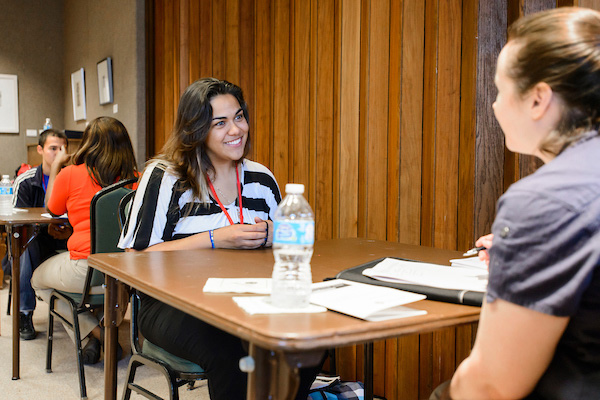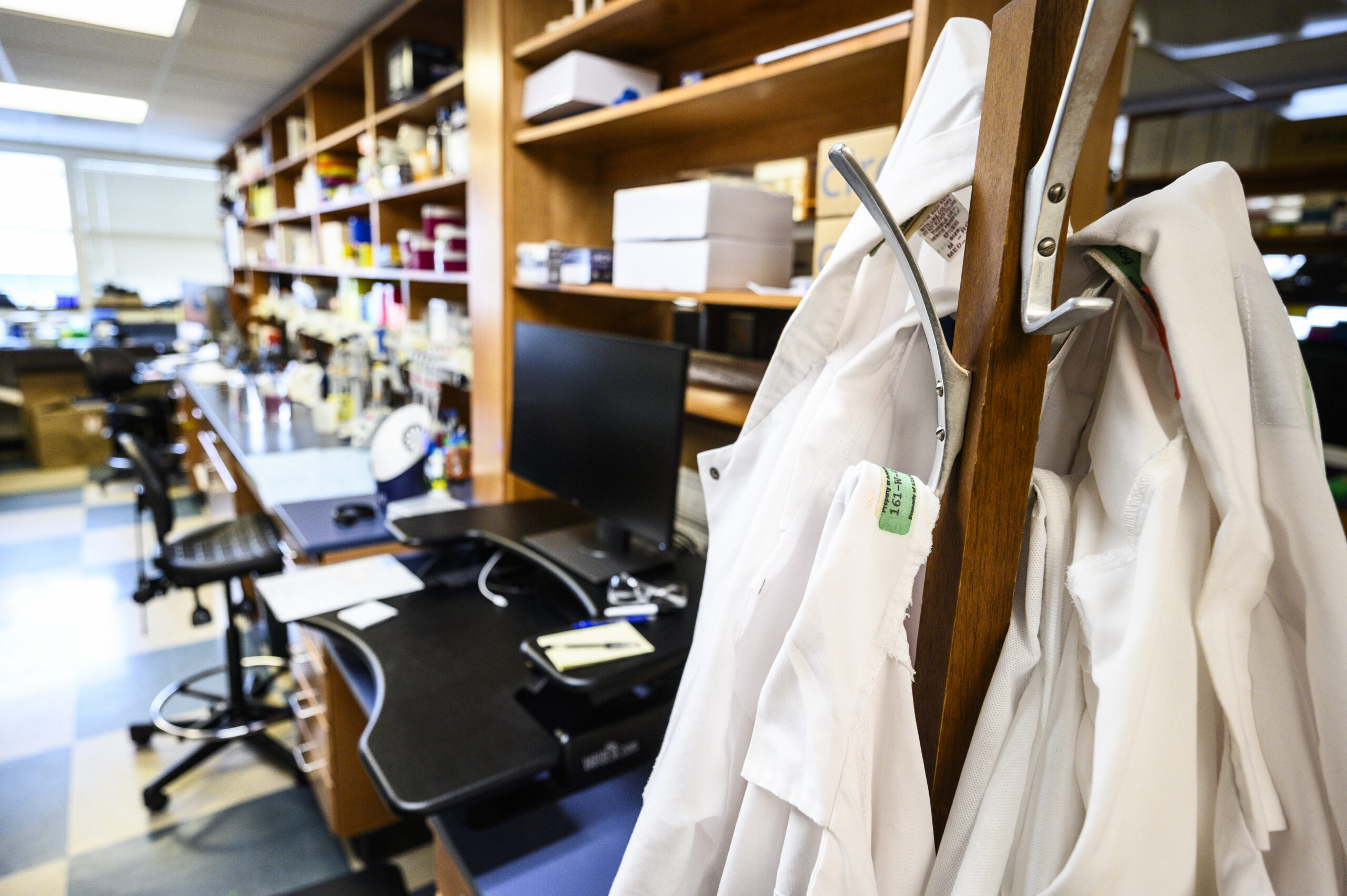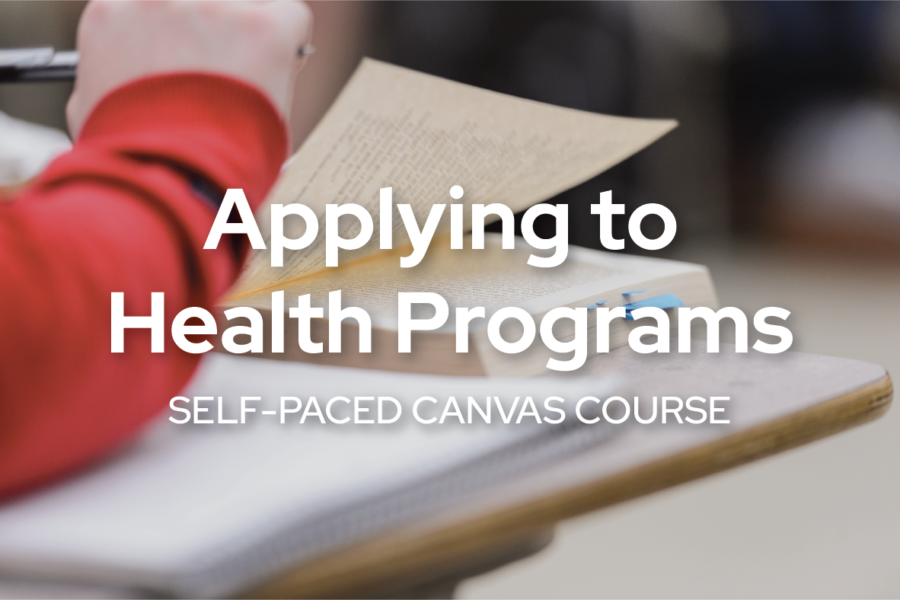About Chiropractic
Chiropractors provide natural, drugless, nonsurgical health treatments, relying on the body’s inherent recuperative abilities. Chiropractic is based on the principle that spinal joint misalignments interfere with the nervous system and can result in different conditions of diminished health.
Check out discoverchiropractic.org for a guide to learning about, preparing for, and applying to Doctor of Chiropractic (DC) programs. The Association of Chiropractic Colleges also house helpful information on the profession and academic programs.
Note: UW-Madison does not offer a chiropractic program. While this field is not among CPHA’s primary areas of advising expertise, we are here to support you in exploring the career, building helpful experiences, and navigating some aspects of professional program applications. Talk with us if you have questions!
Doctor of Chiropractic (DC)
Most Doctor of Chiropractic programs require students to have earned their bachelor’s degrees by the time they begin chiropractic school. Some chiropractic schools admit applicants earlier in their college careers who then earn both their bachelor’s degree and their DC degree from their chiropractic college.
For the most up-to-date salary information, visit the U.S. Bureau of Labor Statistics website.
Explore Your Interest in Chiropractic
Shadowing & Informational Interviewing
An excellent way to explore your interest in chiropractic is by observing providers, also known as shadowing. Shadowing chiropractors shows you what their day is like and how they work with patients and others within the healthcare team.
A quick Google search for ‘Chiropractic Clinics Near Me’ can be a great starting point for identifying providers to contact for an informational interview.
If you are interested in shadowing to learn more about the field, try contacting local chiropractors like Dr. Michaela Powers (mpowers@lsmchiro.org) at LSM Chiropractic!
Volunteering
Chiropractic programs look for applicants who demonstrate a sustained commitment to serving others. Check out the Gain Experience sections of our website to earn more about opportunities to volunteer in clinical and non-clinical settings that interest you.
Jobs
Part-time work in a chiropractic setting is an excellent way to learn about the field, network with providers, and confirm that chiropractic is a career you might pursue. Any position in a chiropractic practice is great experience, whether you are doing office work, assisting practitioners, or anything else. In addition to searching for part-time positions online, ask the chiropractors you shadow if they have ideas about how you might work in a chiropractic office.
Finding a Program
For a list of schools, visit the Association of Chiropractic Colleges School Directory.
Additional Resources
Preparing for CD Programs
Requirements vary from school to school, so it’s always necessary to consult program websites. Find a list of programs via the links above. Many programs will require applicants to complete a minimum of 24 credits of life and physical science courses. They will require at least half of these courses to have a lab.
Pre-requisite courses may include:
Chiropractic Required Coursework
| Topic | Requirements |
|---|---|
| General Chemistry | Complete only one of the following sequences: Chemistry 103-104 (both include a lecture and lab) Chemistry 109 (lecture and lab) |
| Organic Chemistry | Complete only one of the following sequences: Chemistry 341 (lecture) & 342 (lab) Chemistry 343 (lecture), 344 (lab), & 345 (lecture) |
| Biochemistry | Biochemistry 501 (lecture only) Biochemistry 510 (lecture only) |
| Biology | Complete only one of the following sequences: Zoology 101 (lecture) & 102 (lab) Biology 151-152 (both include lecture and lab) Biocore 381-382 AND 383-384 satisfies Intro to Bio requirements Biocore 485-486 Organismal Biology lecture/lab (Satisfies I/A bio) *Biocore: Students must apply to enroll in Biocore. For more information, visit the Biocore Website |
| Additional Bioscience Courses | Physiology (Anat&Phy 335/435 [both include lecture and lab]) Anatomy (Anat&Phy 337 [lecture] & 338 [lab]) Biomechanics courses Kinesiology courses |
| Physics | Complete only one of the following sequences. All include lecture and lab. Physics 103-104 (without calculus) Physics 201-202 (calculus-based; recommended for Engineering majors) Physics 207-208 (calculus-based; recommended for Life Science majors) |
Application Process
Chiropractic programs do not use a common application. Instead, applicants apply to each school individually. To apply to a chiropractic program you will need to submit transcripts from each college you have attended and write brief essays on why you want to be a chiropractor and your career goals.
Some Doctor of Chiropractic (DC) admit students have not yet earned their bachelor’s degrees. Students at those programs have the option of completing their bachelor’s degree while they work on their DC (highly recommended). Other DC programs require a bachelor’s degree at the time a student begins their program.
Enroll in Applying to Health Programs
CPHA runs a Canvas course called Applying to Health Programs, a non-credit course designed to help you with the process of applying to programs like DC programs.



